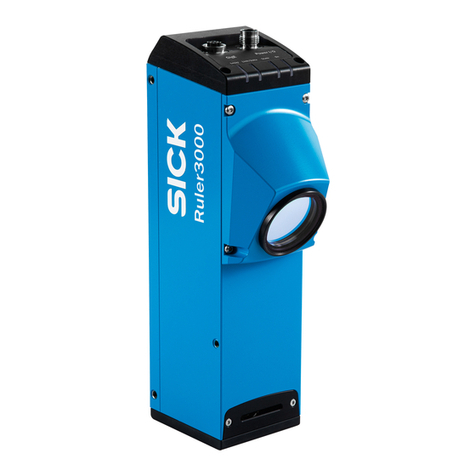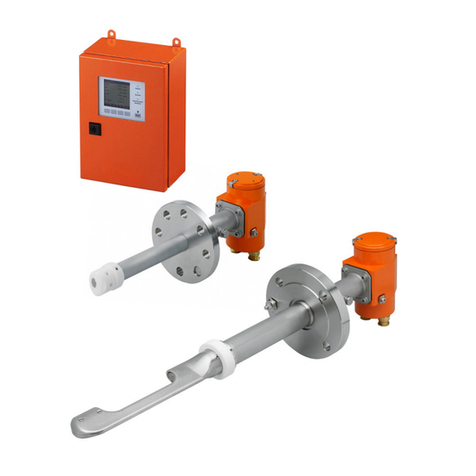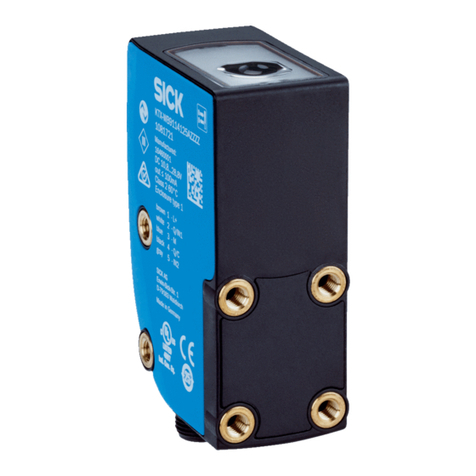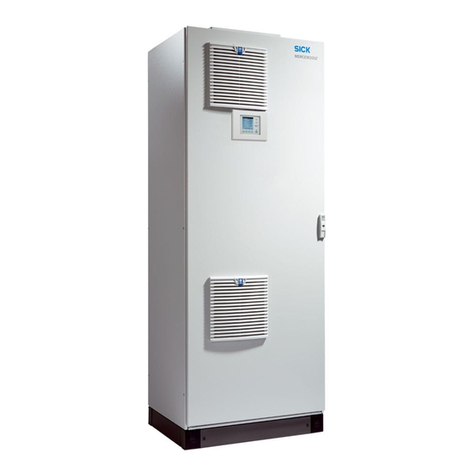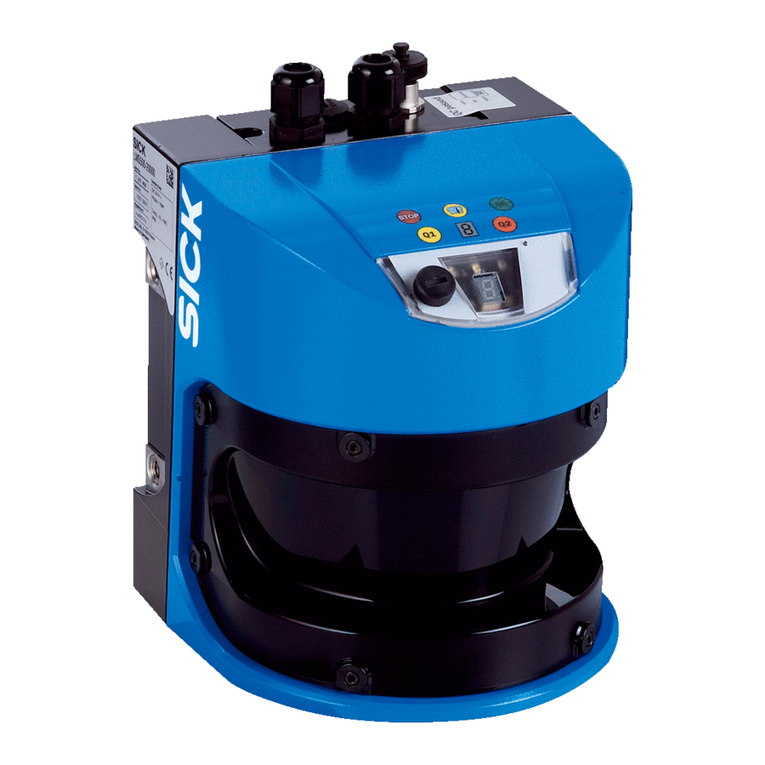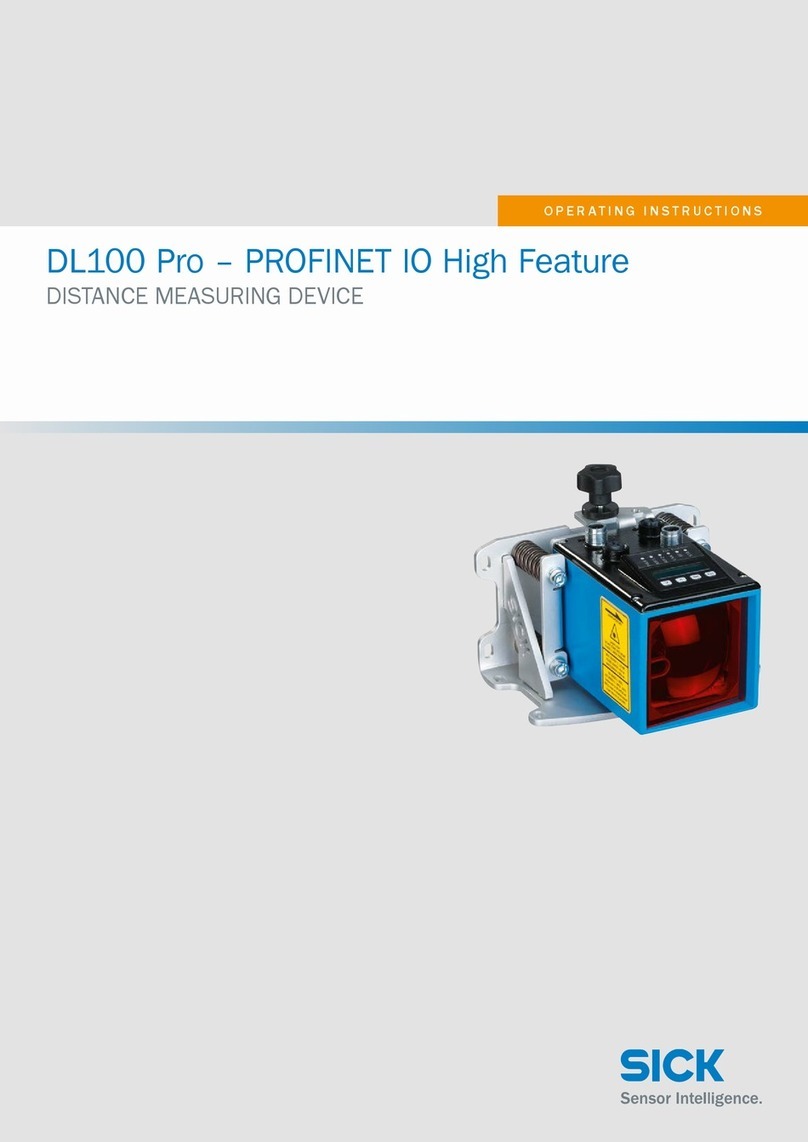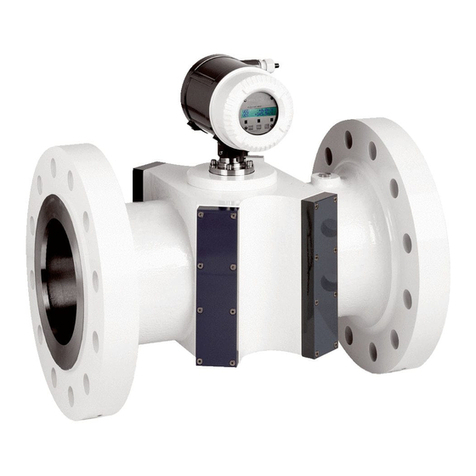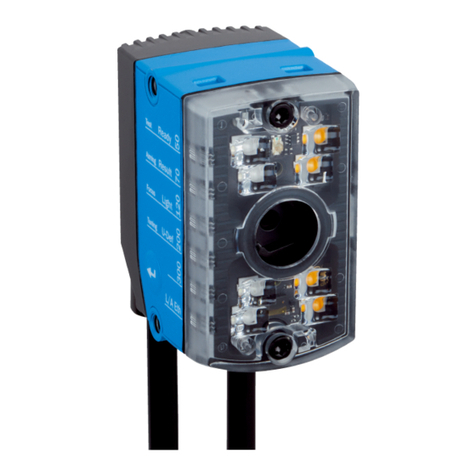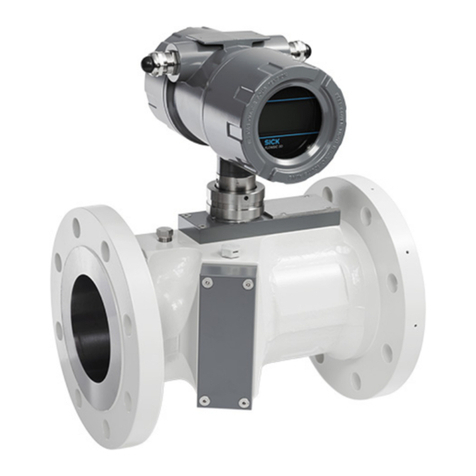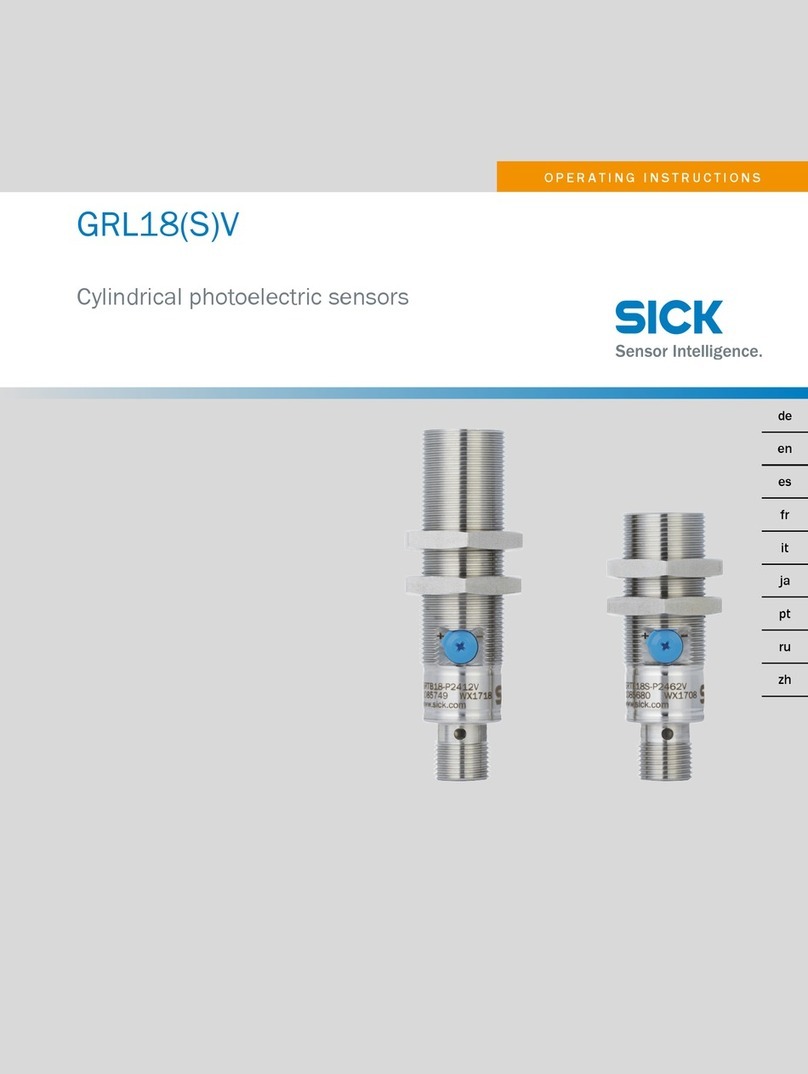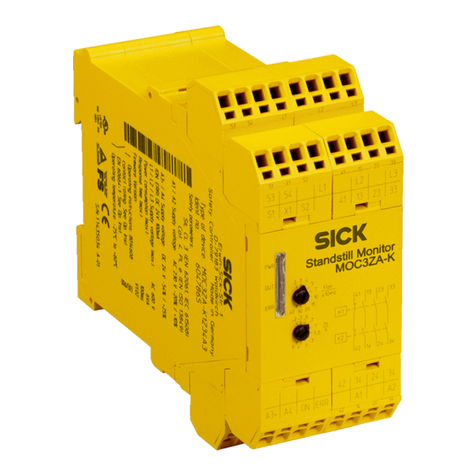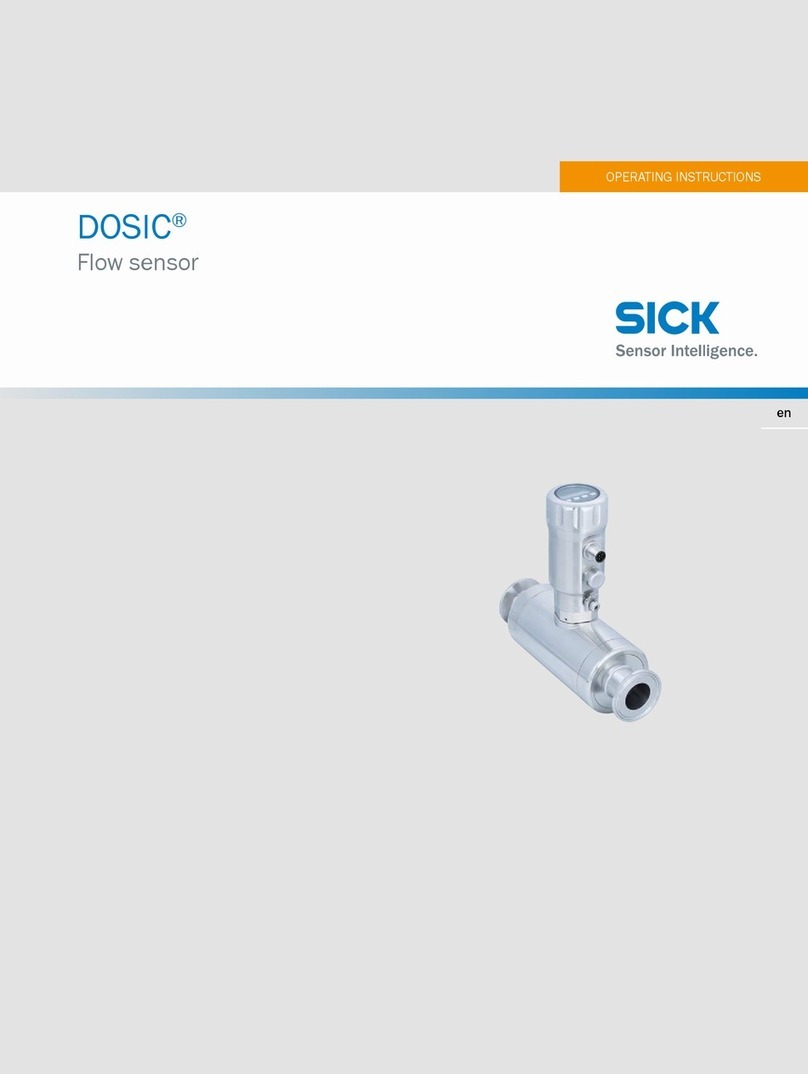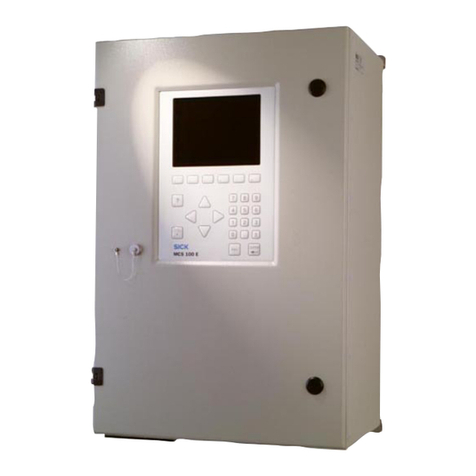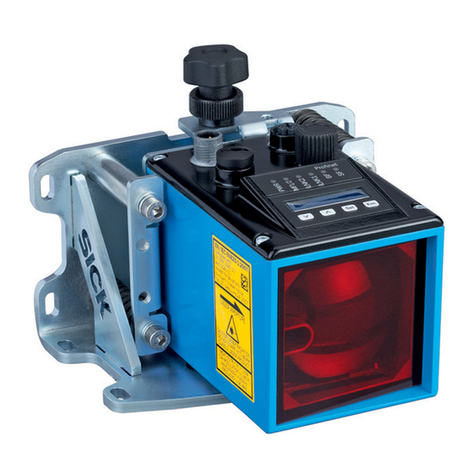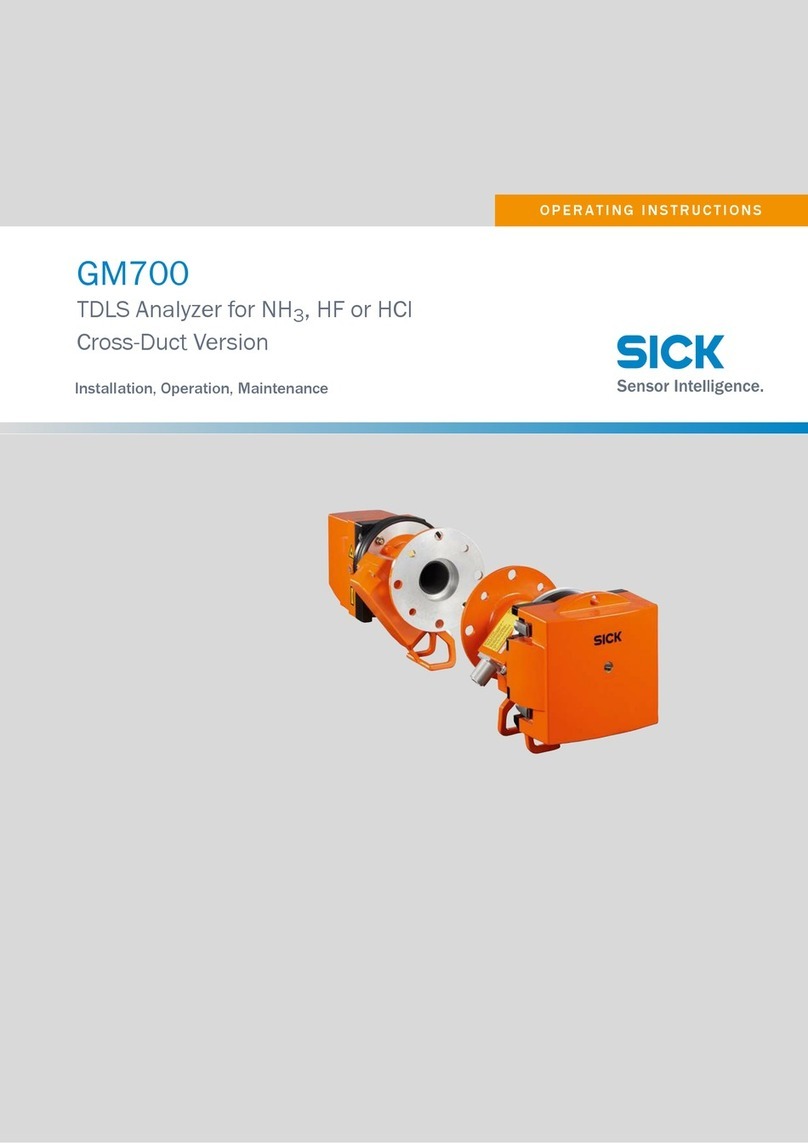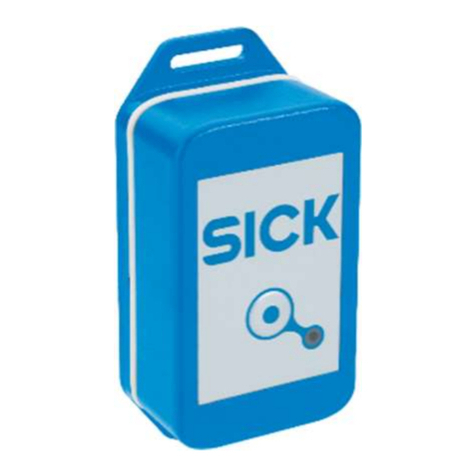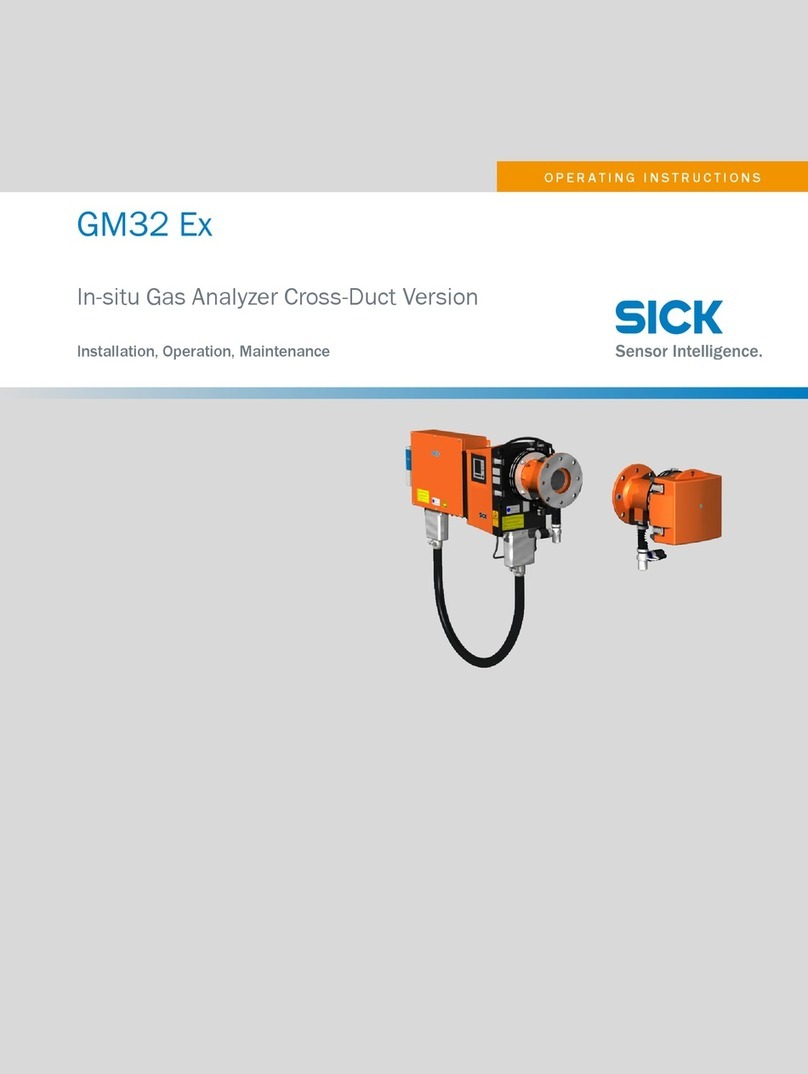
Operating Instructions
UE 4100
8 010 178/O883/15-07-04 © SICK AG • Industrial Safety Systems • Germany • All rights reserved 3
Contents
Contents
1 About this document...........................................................................................................................6
1.1 Function of this document................................................................................... 6
1.2 Target group.......................................................................................................... 6
1.3 Scope .................................................................................................................... 6
1.4 Depth of information ............................................................................................ 7
1.5 Abbreviations........................................................................................................ 7
1.6 Symbols used........................................................................................................ 8
2 On safety.................................................................................................................................................. 9
2.1 Specialist personnel............................................................................................. 9
2.2 Applications of the device.................................................................................... 9
2.3 Correct use............................................................................................................ 9
2.4 General safety notes and protective measures................................................ 10
2.5 Sound environmental performance................................................................... 10
3 Product description .......................................................................................................................... 11
3.1 Special properties of the UE 4100 .................................................................... 11
3.2 Operating principle of the device....................................................................... 12
3.2.1 PROFIBUS DP principle .................................................................... 12
3.2.2 The principle of the bus node .......................................................... 12
3.2.3 Device construction.......................................................................... 14
3.3 Examples of range of use................................................................................... 15
3.4 Status indicators ................................................................................................ 15
3.5 Configurable functions ....................................................................................... 16
3.5.1 Functions of the field-signal connections........................................ 17
3.5.2 Two-channel selection of the field-signal connections................... 19
3.5.3 Functions of the SDL connection..................................................... 20
3.6 Selection principles ............................................................................................ 21
3.6.1 Field-signal inputs............................................................................. 21
3.6.2 Field-signal outputs .......................................................................... 22
3.6.3 SDL connections............................................................................... 23
4 Installation and mounting............................................................................................................... 24
4.1 Selecting the assembly location........................................................................ 24
4.2 Mounting the device........................................................................................... 25
5 Electrical installation ....................................................................................................................... 26
5.1 Power supply (7/8"-connection)......................................................................... 27
5.2 SDL connections M23)×)12 ................................................................................ 27
5.3 Field-signal connections M12)×)5 + FE .............................................................. 29
5.4 PROFIBUS connection (plug and socket) .......................................................... 30
5.5 Configuration connection M8)×)4 ....................................................................... 31
6 Examples of circuits......................................................................................................................... 32
6.1 Emergency stop, emergency shutdown, safety door........................................ 32
6.2 Electro-sensitive protective equipment (ESPE) with output signal
switching device (OSSD)..................................................................................... 33
6.3 Control switch with indicator display................................................................. 33
6.4 Muting lamp........................................................................................................ 34
